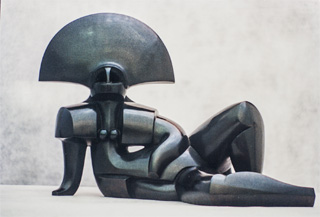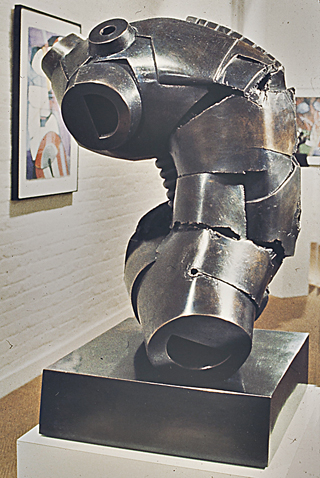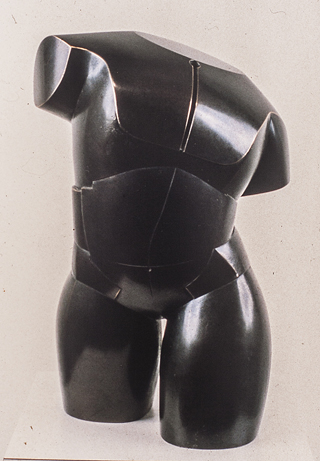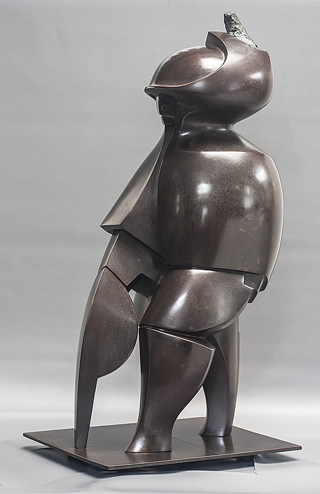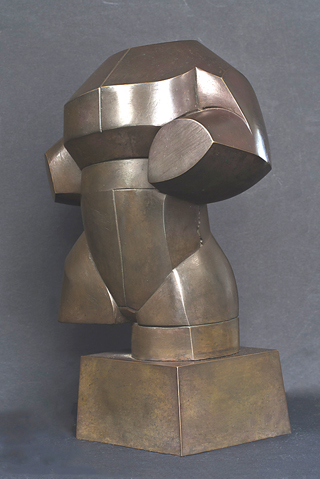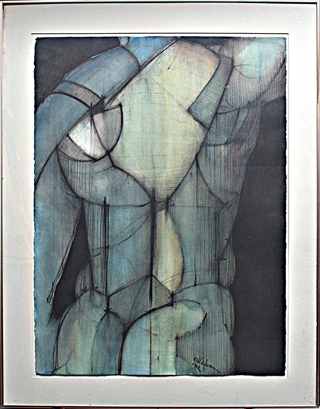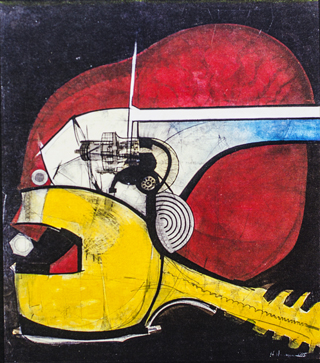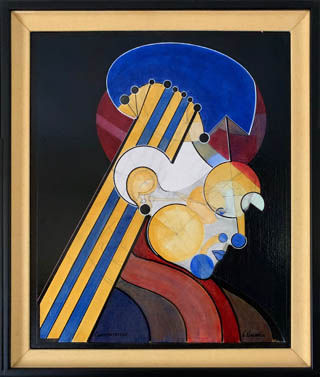Reviews and Articles
Excerpts
Hilton Kramer, The New York Times:
Mr. Newman is something of a phenomenon. His art has the look of something that was born fully matured. All sense of struggle, hesitation and indecision is effectively concealed in its sleek bronze forms … addresses the eye with an unashamed confidence and power—a sculpture secure in a timeless sensibility of its own. (October 14, 1977)
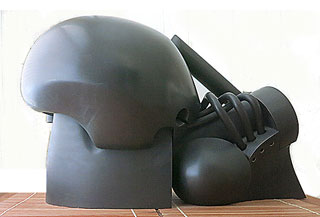
Howard Newman brings an impressive mastery to the genre of the abstract surrealist object … an imagery at once macabre and exalted … the sheer rhythmic play of the curved surfaces gives the work an extraordinary visual power. (October 18, 1975)
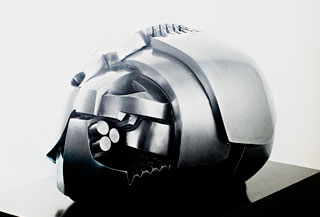
It is unusual for a young sculptor to produce work as refined, as assured, as thoroughly knowing, as Howard Newman’s. (May 11, 1979)
Grace Glueck, The New York Times:
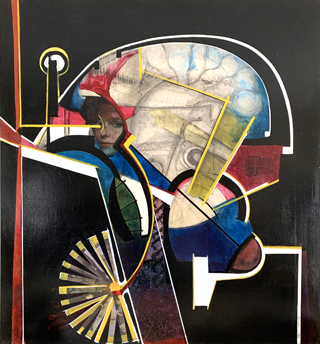
Newman’s drawings are virtuoso. In them, geometric solids are elaborated into humanoid sculptural forms that, with collage bits and fragments of writing, create fantastical meditations on anatomical structure. (April 4, 1980)
Emily Genauer, The New York Post:
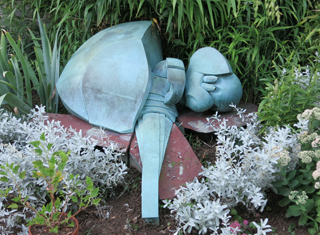
… A most exceptional talent, combining tremendous strength, great elegance, and a sense of profound mystery. (November 8, 1975)
Mr. Newman can be acclaimed for the brilliant handling of his medium …. Once highly polished surfaces are now scarred, abraded and split; a look of “found” metal replaces the elegantly turned elements of earlier pieces, and overall there’s a rough, Expressionist quality. (February 17, 1984)
Vivien Raynor, The New York Times:
Madeleine Burnside, Art News:
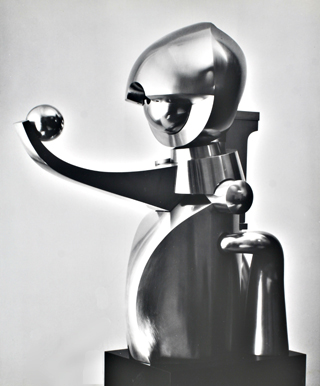
Newman’s work appears perfectly controlled, combining line and form in a way that both denies and enhances the haunting complexity of the work. He subtly combines contradictory elements of exquisite seriousness with humor. The result of his neoclassicism is an extraordinary elegance and wit. (December, 1977)
The American Academy and Institute of Arts and Letters, upon receipt of their Annual Award of Merit:
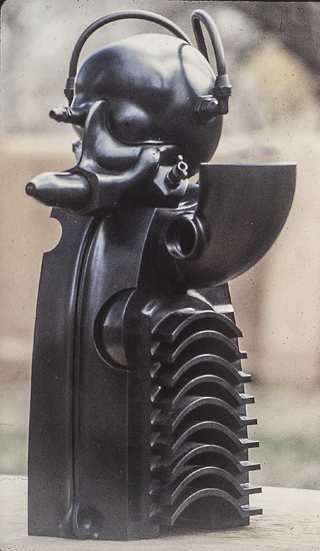
… Newman’s bronzes have the refined, assured thoroughness of a master sculptor. He works in a personal style that produces objects of extraordinary elegance …. The bronzes of Howard Newman speak with a refinement rarely heard today. (May 21, 1980)
Hedy O’Beil, Arts Magazine:
In bold, structured collage-drawings, forms flow and change from realism to abstraction in a succession of rhythmic arcs. With pencil, gold paint, watercolor and charcoal, the collage elements transfix into machinist’s creations. Newman’s art genuinely expresses his own ideal of the world. Similar to an individual’s perception of the automobile as an extension of his body, Howard Newman sees reality as part human, part machine. (June, 1980)
The New Art Examiner, Chicago:
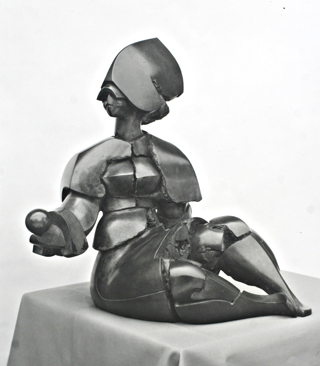
Howard Newman is a successful sculptor because the poignancy of his imagery is vividly revealed in sculptures of remarkable technical virtuosity. (January, 1978)
